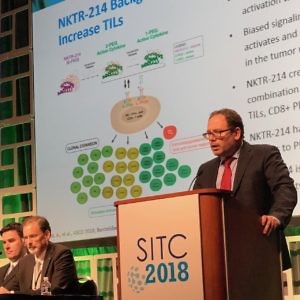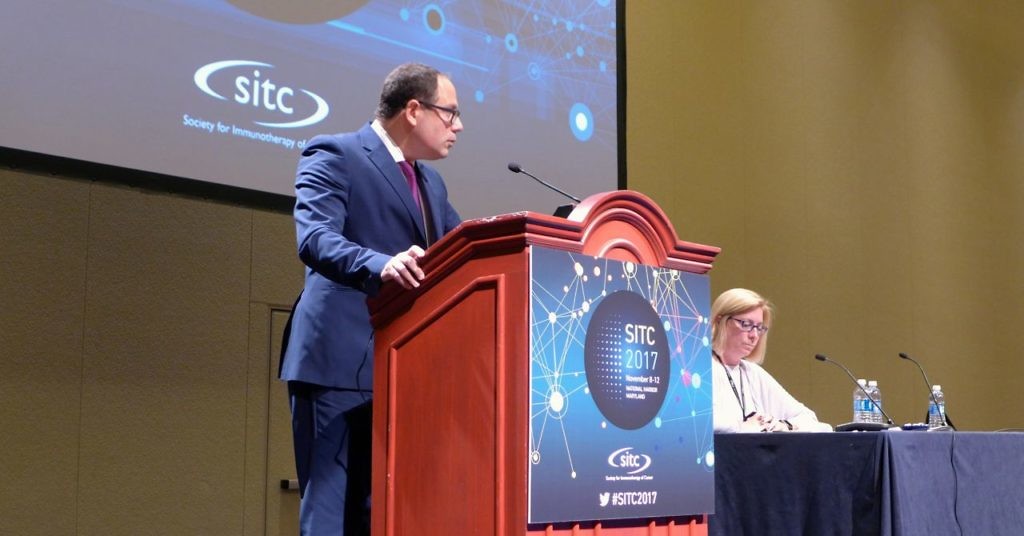La Coupe de Feu
 Fans of Harry Potter, will no doubt be familiar with the Goblet of Fire (“La Coupe de Feu” in the French version) and how it was used to select the champions from three schools of magic who would compete against each other in a tournament.
Fans of Harry Potter, will no doubt be familiar with the Goblet of Fire (“La Coupe de Feu” in the French version) and how it was used to select the champions from three schools of magic who would compete against each other in a tournament.
The metaphor of fire is very apt when it comes to cancer immunotherapy, as we’re often seeking to either create or optimally target an inflamed tumour microenvironment.
In this post were looking at how prior research and an understanding of science can sometimes lead to an unexpected contender in the “Goblet of Fire” that is early stage cancer drug development. Could the contender end up as the new champion AKA standard of care?
As in the Harry Potter story, there are trials that have to be conducted and overcome along the way, and until the data reads out there is uncertainty as to how the story will end.
Intrigued? Do read on…
To learn more about our latest oncology insights, subscribers can log-in or you can click to gain access to BSB Premium Content.
This content is restricted to subscribers


 We have covered new developments in IL–2 based cytokines from Roche and Nektar previously, so what’s cool about the alternative early development that is THOR–707?
We have covered new developments in IL–2 based cytokines from Roche and Nektar previously, so what’s cool about the alternative early development that is THOR–707?



